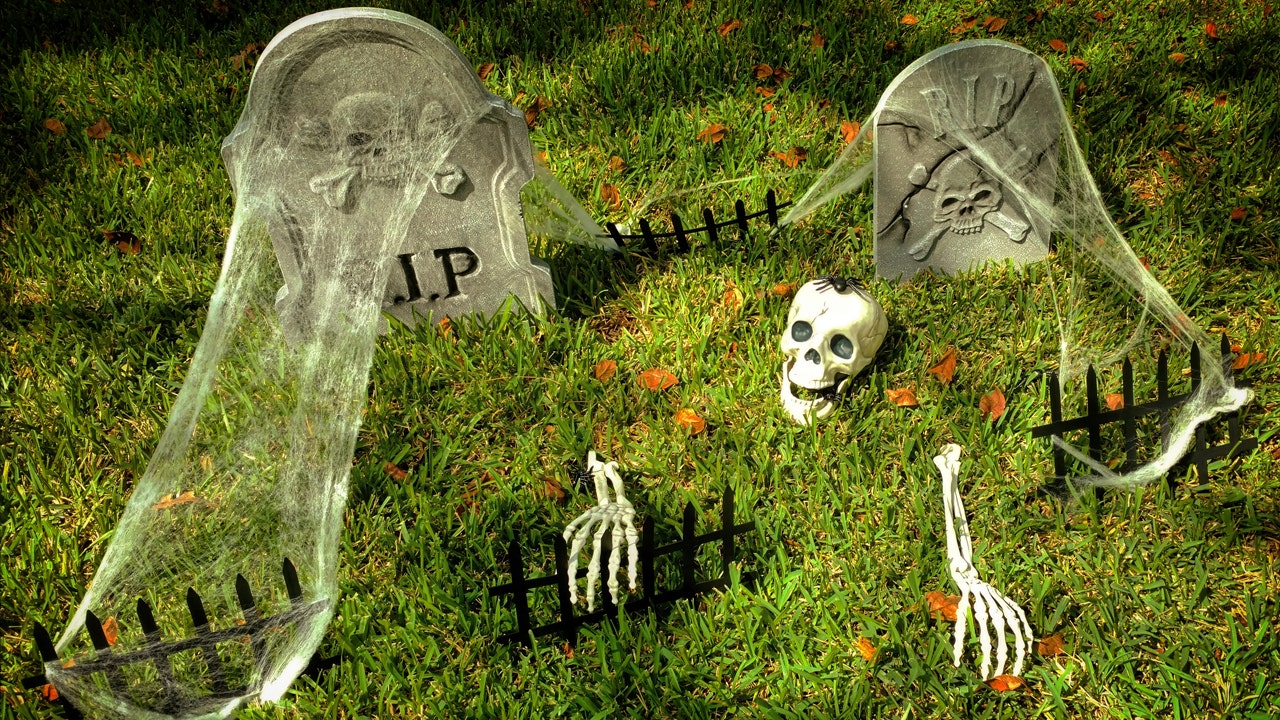With Halloween just a few weeks away, wildlife experts nationwide are raising awareness about a hazardous decoration that can harm birds, bugs, and other animals when used outdoors. The Nebraska Wildlife Education group in Nebraska is warning residents about the dangers of using fake spider webs, as they can entangle hummingbirds, owls, butterflies, bees, and small critters. Amber Schiltz, interim division administrator of the Nebraska Game & Parks Commission’s Fish & Wildlife Education Division, explained that these creatures can become trapped in the decorated bushes or trees, leading to injury, starvation, or predation if they are not rescued and rehabilitated.
The synthetic spider web decorations are made of non-biodegradable plastic-based materials, which means they can pose a threat to wildlife if they are blown by the wind to other areas. Furthermore, these fake spider webs are more durable than real spider webs, making it easier for animals to get trapped. Animal care experts at the Nebraska Wildlife Rehab in Omaha have witnessed juvenile squirrels getting entangled in fake spider webs when parent squirrels use them in burrows for winter nesting.
In recent years, wildlife rehab centers across the country have reported an increase in the number of animals and insects caught in fake spider webs, including warblers, hummingbirds, screech owls, dragonflies, and butterflies. This is because the Halloween decorating season coincides with key migration periods, affecting creatures that rely on urban areas as part of their habitat.
Although there are no readily available statistics on the number of animals trapped in fake spider webs, wildlife experts and environmental watchdogs have issued warnings about the dangers these decorations pose to small wildlife. The Facebook page “Help Save Our Hummingbirds” with 56,000 followers issued a warning on September 2, urging people to be mindful of how they decorate outside. The post highlighted the fact that fake spider webs can trap birds, leading to a slow and agonizing death, as well as posing a threat to bees, butterflies, and still migrating hummingbirds.
WildCare, a nonprofit organization and wildlife hospital in California, treats numerous animals with entanglement injuries caused by fake spider webs. They advise home decorators to avoid using fake webs or garden netting in yards to minimize entanglement risks. If these decorations have already been set up, they recommend checking them twice a day for trapped animals.
The University of Illinois Urbana-Champaign’s College of Veterinary Medicine – Wildlife Medical Clinic also encourages Halloween decorators to refrain from using fake spider webs, suggesting alternative decorations that are thick and rope-like and do not entangle small animals and insects.
For those who find it difficult to give up their spooky home furnishings, there are three wildlife-friendly options for Halloween decorators. First, they can place fake webs indoors, such as on the interior front windows. Second, they can replace fake webs with other decorations, such as thicker rope-like ornaments that don’t pose entanglement risks. Lastly, if spiders are present, decorators can allow them to build their own webs, which offer natural pest control and a spooky ambiance.
In conclusion, while Halloween decorations can be fun and festive, it’s important to consider the potential harm they can cause to wildlife. By opting for wildlife-friendly decorations or making adjustments to their placement, decorators can ensure a safe and enjoyable Halloween season for both humans and animals.
Denial of responsibility! Vigour Times is an automatic aggregator of Global media. In each content, the hyperlink to the primary source is specified. All trademarks belong to their rightful owners, and all materials to their authors. For any complaint, please reach us at – [email protected]. We will take necessary action within 24 hours.


